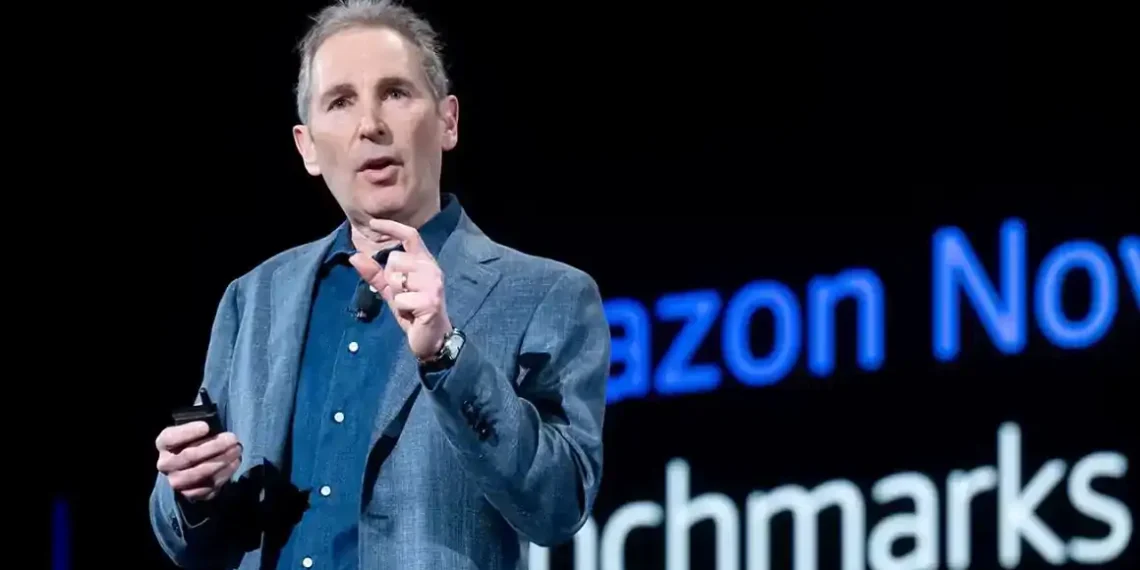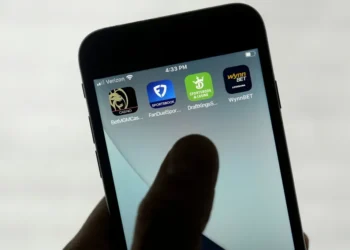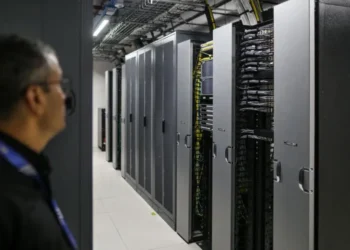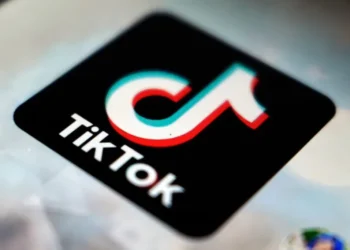AI Fearmongering Is the New Corporate Strategy — And It’s Working
Every few months, like clockwork, a tech CEO emerges to remind us: Artificial Intelligence is coming for your job. The latest voice in this semi-regular ritual? Amazon CEO Andy Jassy.
In a memo to employees titled “Some thoughts on Generative AI,” Jassy spent more than 1,200 words cheerleading Amazon’s progress in AI: Alexa is getting “meaningfully smarter,” the customer service chatbot is becoming “an even better experience,” and so on. Metrics? Not really. Just “you get the idea,” he wrote.
But buried deep in paragraph 15 came the actual point: Yes, Amazon is planning to replace workers with AI.
“We expect this will reduce our total corporate workforce,” Jassy wrote, referring to the “efficiency gains” Amazon anticipates from deploying AI “extensively” across the company.
He gave no specific timeline, only that it would happen “in the next few years.” No numbers either—just a vague warning: many of the AI “agents” that will eventually take over haven’t even been built yet. But, he insists, “make no mistake, they’re coming, and coming fast.”
Weaponizing the AI Hype Cycle
Jassy isn’t the only one. Anthropic CEO Dario Amodei recently warned that half of all entry-level white-collar jobs could vanish in the next five years thanks to AI. Why half? Why five years? Who knows. The number seems to exist more to scare than to inform—while conveniently highlighting how powerful Amodei’s own technology is.
To be fair, not everyone in Big Tech is banging the same apocalyptic drum. Nvidia’s Jensen Huang and Google DeepMind’s Demis Hassabis, two heavy hitters in the AI world, have both pushed back on these doom-laced forecasts.
Still, the pattern is clear: the louder the fear, the more excited investors get. AI isn’t just a tool anymore—it’s a business model powered by uncertainty.
Let’s Remember: This Isn’t New
Despite the dramatic headlines, AI isn’t a new threat to the labor force. Automation and machine learning have been reshaping jobs for decades. What’s changed is the hype—and who gets to control the narrative.
Generative AI, especially, is pitched as revolutionary. But many of these large language models are riddled with flaws. The bigger they get, the more likely they are to “hallucinate” facts. And engineers are already running out of the high-quality human data needed to train them effectively.
In other words, it’s powerful—but nowhere near infallible.
And curiously, when Jassy talks about jobs AI might replace, he’s not talking about his. Or his fellow executives’. Just the people lower down the food chain.
The New Language of Layoffs: “Efficiency” and “Flexibility”
There’s something familiar about all of this. Every workplace tech advancement for the past 30 years—from email to Slack to Zoom—was sold to us using the same buzzwords: efficiency, productivity, flexibility.
But while these tools did help during the pandemic lockdowns, they also created a reality where workers are always online. Flexibility turned into availability. Permanently.
Even Microsoft, which is pouring $80 billion into AI development this year, recently admitted that its tools may have broken the modern workday.
In a company study, the average office worker now gets interrupted 275 times a day—by emails, meetings, chat messages, pings from Teams, Outlook, and more. Employees receive an average of 117 emails per day and send or receive 58 instant messages outside their official work hours. That’s a 15% jump from last year.
And what’s Microsoft’s proposed fix for this endless disruption?
You guessed it: more AI agents.
So, Who Really Benefits?
Here’s the bottom line: Every time a CEO warns that AI might take your job, they’re not making a neutral observation—they’re pushing a vision of the future that consolidates power and cuts labor costs. It’s a story that makes investors happy and keeps workers uncertain.
The irony? These same CEOs are sitting in roles that AI, frankly, might actually be better at. Drafting memos, managing spreadsheets, making calculated decisions based on incomplete data—sounds a lot like what current AI tools already excel at.
But don’t expect any of them to give up their bonuses to a chatbot.
The Future of Work Doesn’t Have to Be Fear
Yes, AI is here to stay. And yes, it will change how we work. But it’s time we stopped letting CEOs set the terms of that change with vague memos and ominous predictions.
Let’s ask better questions:
- How can AI make work more humane, not just more efficient?
- Who decides what jobs get automated—and why?
- And how do we ensure the benefits of this technology are shared, not hoarded?
Until then, take every AI warning from the C-suite with a healthy pinch of silicon.
This article was rewritten by JournosNews.com based on verified reporting from trusted sources. The content has been independently reviewed, fact-checked, and edited for accuracy, neutrality, tone, and global readability in accordance with Google News and AdSense standards.
All opinions, quotes, or statements from contributors, experts, or sourced organizations do not necessarily reflect the views of JournosNews.com. JournosNews.com maintains full editorial independence from any external funders, sponsors, or organizations.
Stay informed with JournosNews.com — your trusted source for verified global reporting and in-depth analysis. Follow us on Google News, BlueSky, and X for real-time updates.













